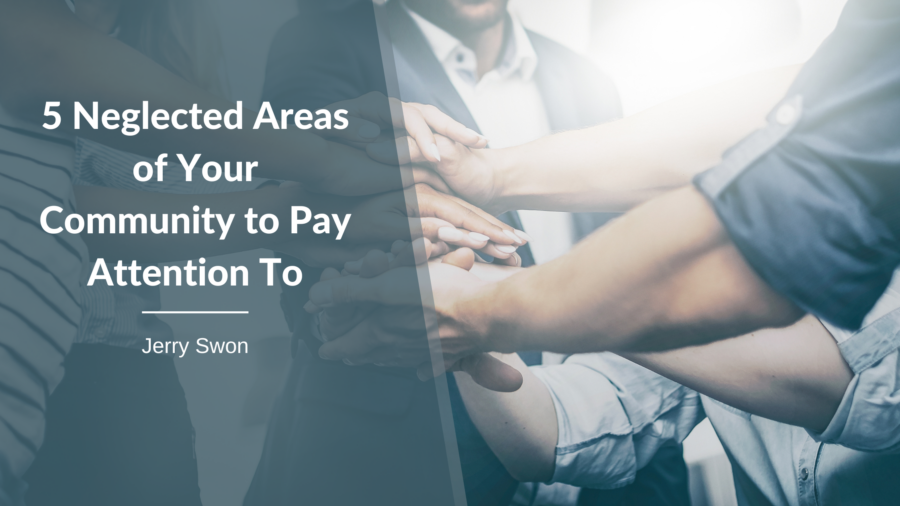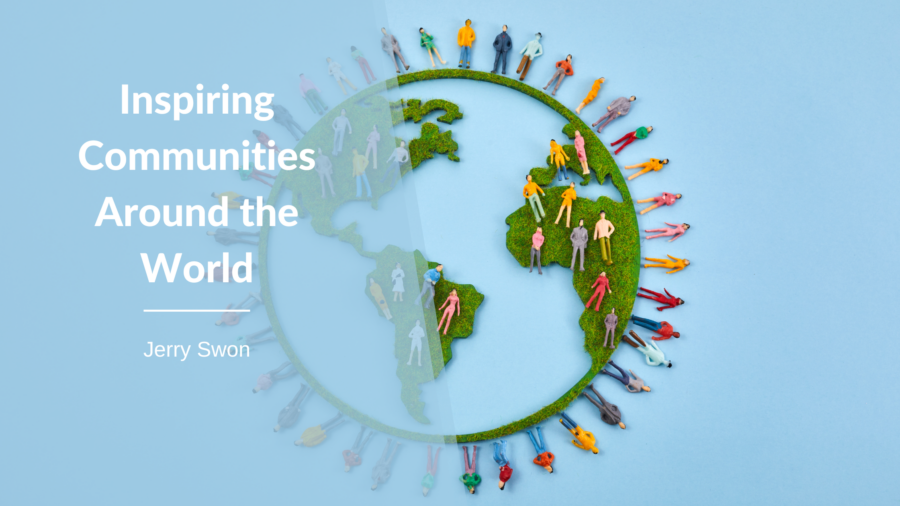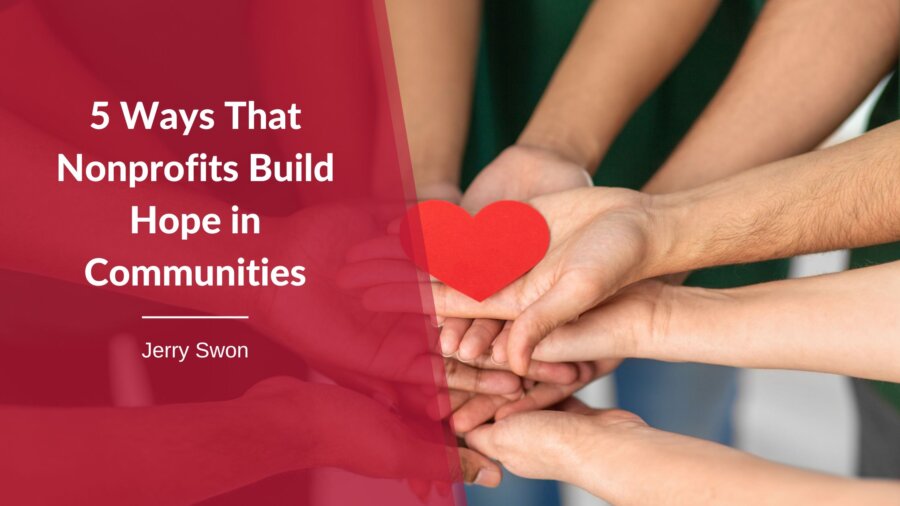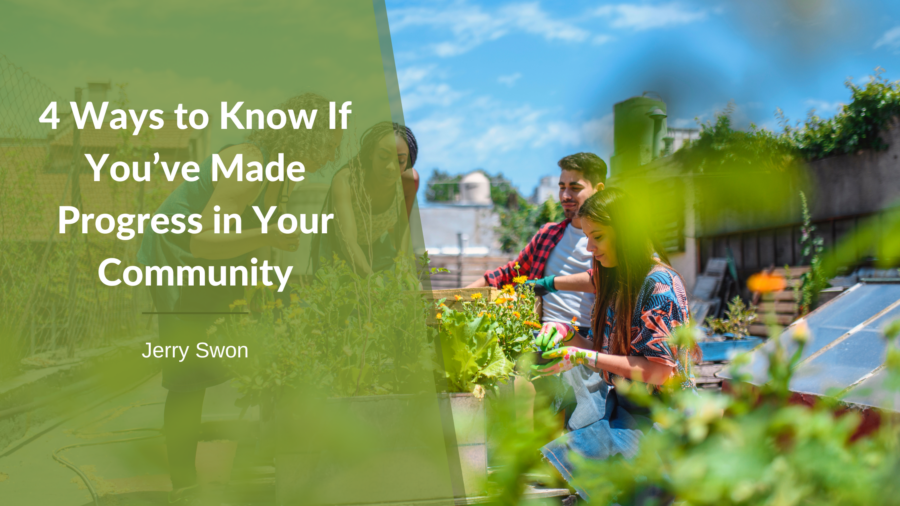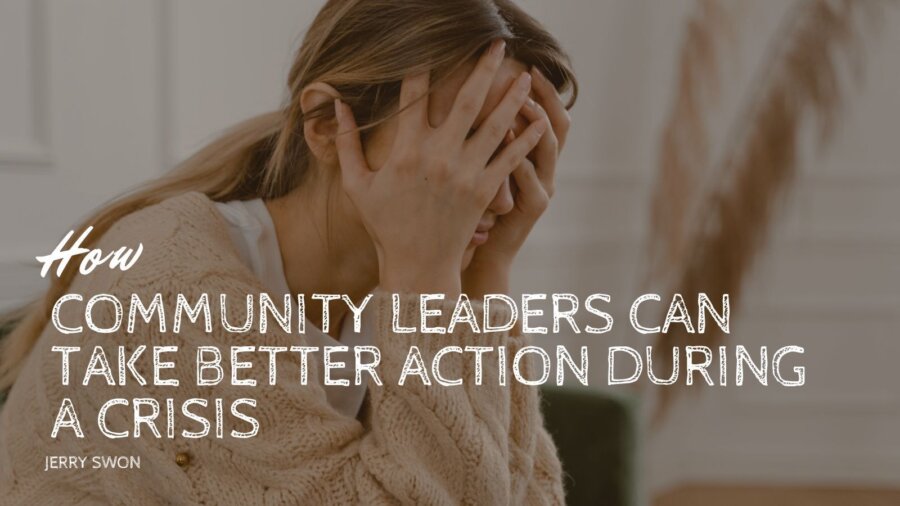Some areas often go neglected in every community, yet addressing them is crucial for fostering a thriving and inclusive environment. Identifying and prioritizing these neglected areas can lead to targeted efforts and initiatives addressing underlying issues and improving overall community well-being.
Here are five neglected areas of your community to pay attention to:
Public Spaces and Infrastructure:
Public spaces like parks, playgrounds, and community centers are essential for promoting recreation, social interaction, and community cohesion. However, these areas often need more attention due to limited funding, maintenance challenges, and competing priorities. Neglected public spaces can become eyesores, safety hazards, or breeding grounds for crime and vandalism, detracting from the quality of life for residents.
Affordable Housing and Homelessness:
Access to safe, affordable housing is a fundamental human right, yet many communities struggle to provide adequate housing options for residents of all income levels. Affordable housing shortages, rising rents, and homelessness are pressing issues that often go neglected, leading to housing instability, displacement, and socioeconomic disparities. Government, nonprofit organizations, and community stakeholders must work together to address homelessness and affordable housing by increasing the supply of affordable housing, offering assistance to those who are homeless, and putting laws into place that support fair housing access for all locals.
Mental Health and Wellness:
Mental health is an often neglected area of community well-being that deserves greater attention and investment. Stigma, lack of access to services, and limited resources contribute to ignoring mental health needs within communities, leading to untreated mental illness, substance abuse, and social isolation.
Environmental Sustainability:
Environmental sustainability is a neglected area of community development that has significant implications for public health, economic prosperity, and social equity. Climate change, pollution, and resource depletion threaten the health and well-being of communities worldwide, yet efforts to address environmental challenges often take a backseat to other priorities.
Youth Engagement and Empowerment:
Youth engagement and empowerment are often neglected areas of community development, yet investing in the next generation is essential for building a sustainable future. Lack of opportunities for youth engagement, limited access to education and employment resources, and disconnection from community decision-making processes can lead to disengagement, apathy, and alienation among young people. By creating opportunities for youth leadership, mentorship, and civic engagement, communities can empower young people to become active contributors to their communities, advocate for their needs and interests, and drive positive change.
Addressing neglected areas of community development requires proactive efforts and collaboration from government, nonprofit organizations, businesses, and community stakeholders. By prioritizing public spaces and infrastructure, affordable housing and homelessness, mental health and wellness, environmental sustainability, and youth engagement and empowerment, communities can create more inclusive, resilient, and vibrant environments where all residents can thrive.

